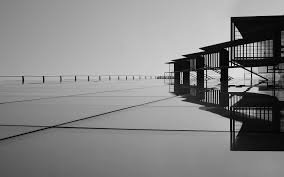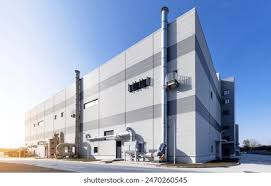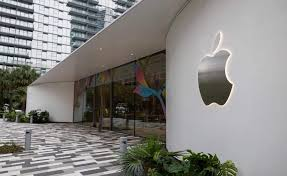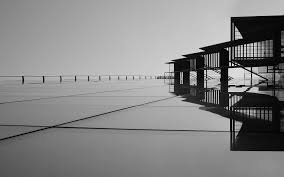Now Reading: These Factory-to-Flat Conversions Are Taking Cities by Storm
-
01
These Factory-to-Flat Conversions Are Taking Cities by Storm
These Factory-to-Flat Conversions Are Taking Cities by Storm

Across cities and towns, a quiet revolution is taking place. Huge, empty factories that once symbolized industrial power are now being turned into modern apartments. Known as adaptive reuse projects, this trend is giving old buildings a new life, and changing the way we think about urban living.
What Is Adaptive Reuse?

Adaptive reuse is the process of taking an old building and repurposing it for something new—without tearing it down. In many cases, these buildings were once warehouses, mills, or manufacturing plants. Now, they’re becoming stylish flats, offices, art studios, and even hotels.
This concept is not only creative, but also sustainable. Instead of building new homes from scratch, developers reuse the existing structure. This helps to reduce waste, lower carbon footprints, and save on construction costs.
Why Factories Make Great Flats

Old factories have unique features that modern buildings often lack. Think high ceilings, large windows, exposed brick walls, steel beams, and wide open floor plans. These features give the apartments a trendy, industrial look that many young professionals and artists love.
Moreover, many of these buildings are located in city centers or near transportation hubs. As cities grow and space becomes more limited, these properties offer a smart way to meet housing demands.
Real-Life Examples Around the World

Here are a few examples of factory-to-flat projects that have made headlines:
- The Biscuit Factory, London (UK): Once a bustling biscuit-making facility, this building has been transformed into luxury apartments with loft-style living.
- The Domino Sugar Refinery, Brooklyn (USA): A massive redevelopment project is turning this historic refinery into a mix of residential and commercial space along the East River.
- The Cotton Mill, Sydney (Australia): Formerly an old textile factory, now home to modern flats that combine industrial charm with urban comfort.
Each of these projects kept the soul of the original structure while creating homes suited for modern life.
Benefits of Adaptive Reuse Projects
1. Sustainability:
By using existing materials and structures, adaptive reuse helps reduce the need for new construction, saving resources and energy.
2. Preservation of History:
Instead of demolishing old buildings, these projects keep a city’s history alive. Many of the flats still feature original designs, blending old-world charm with new-world functionality.
3. Cost-Effective Development:
Developers often find it cheaper to convert an old building than to build from the ground up—especially in areas where land is expensive.
4. Community Revitalization:
Turning abandoned or unused buildings into housing helps breathe new life into declining neighborhoods. It also reduces urban sprawl by making better use of the space we already have.
Challenges Developers Face
While adaptive reuse projects offer many benefits, they also come with challenges:
- Structural Repairs: Older buildings may need significant repairs to meet safety standards.
- Zoning Laws and Permits: Converting a factory into residential housing isn’t always straightforward. Developers must work closely with local authorities.
- High Upfront Costs: While long-term savings are likely, the initial investment can be high—especially when preserving historical features.
Despite these hurdles, many cities are supporting these projects through tax breaks, grants, or relaxed regulations. The results speak for themselves.
The Future of Factory-to-Flat Projects
As climate change and urban housing shortages become more urgent issues, adaptive reuse will likely become even more popular. Architects and developers are embracing this trend not just for its practicality, but for the creative possibilities it offers.
In fact, many young architects now specialize in this kind of work, finding innovative ways to blend old and new. For city dwellers, these projects offer a chance to live in unique spaces full of character—something standard apartments often lack.
Final Thoughts
Adaptive reuse is more than a design trend; it’s a movement. Turning factories into flats is helping cities grow smarter, cleaner, and more beautiful. It’s about taking the past and building a better future—one brick at a time.
Whether you’re a homebuyer, investor, or urban planner, adaptive reuse projects are worth paying attention to. The next time you pass by an old, empty warehouse, picture it as a vibrant community hub. Chances are, someone already is.
Read More:- Shobha Realty Launches Its Most Luxurious Project Yet—Full Details Inside 2025





















